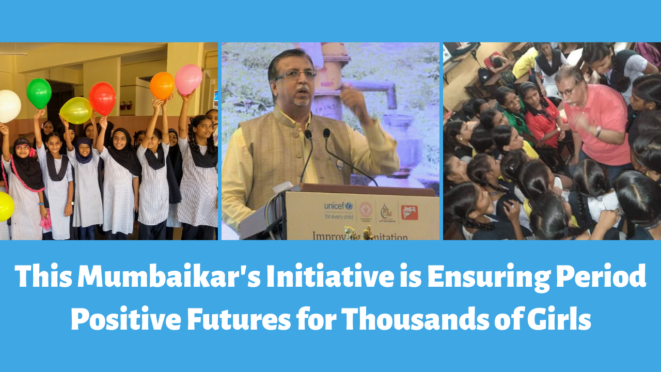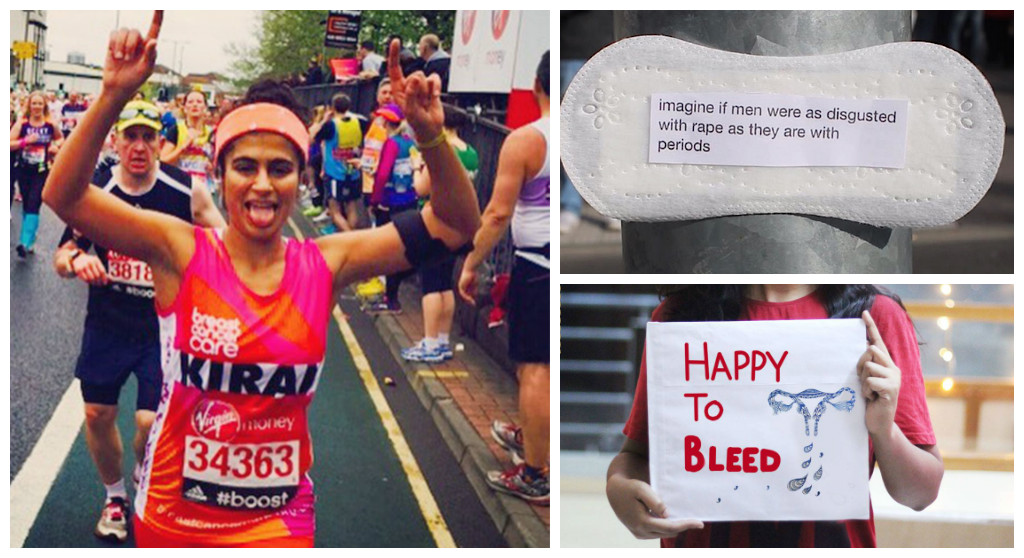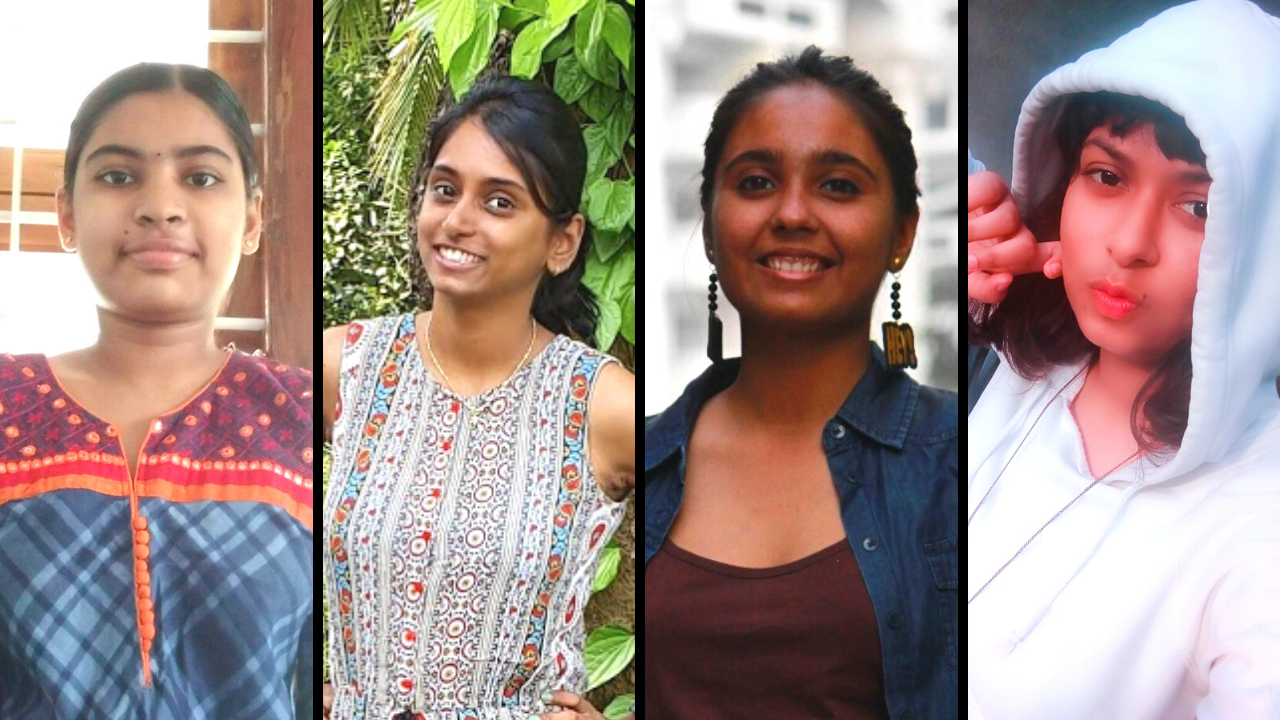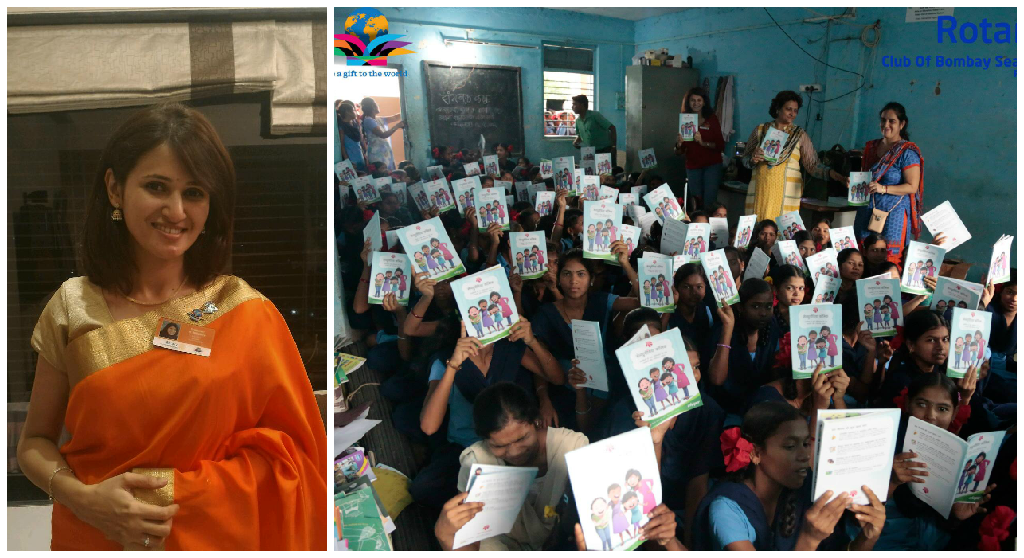We got in touch with Nitin Wadhwani, the Founder and Director of the Citizens Association for Child Rights (CACR). To know more about this initiative, we had a brief chat with him. Here’s what he had to say.
1. Please tell us a little something about yourself, your organization and the kind of work you do.
“Two roads diverged in a wood, and I,
I took the one less traveled by,
And that has made all the difference.”
– Robert Frost
After spending 34 years in the corporate sector as a Director of Marketing in a company dealing with industrial electronics, and after volunteering for 7 years with Child Rights & You (CRY) by advocating for children’s rights, I decided to step into the social sector by setting up CACR, a Section 8 nonprofit organization in June 2013.
I believe that by improving the functioning and quality of education imparted to children from lower socioeconomic backgrounds, we can improve their quality of life. It is extremely important to take a good look at the condition of government schools and to help the Education Department in ensuring that quality educational services are provided. A small push in the right direction is all we require as a developing nation.
As a result of this understanding, Citizens Associations for Child Rights was established and it is now an urban development partner of UNICEF Maharashtra. We are also an implementing partner of Tata Trusts, Mumbai, for Project WASH (Water, Sanitation and Hygiene) in schools; the initiative also focuses on Menstrual Hygiene Management (MHM) for adolescent girls in educational institutions.
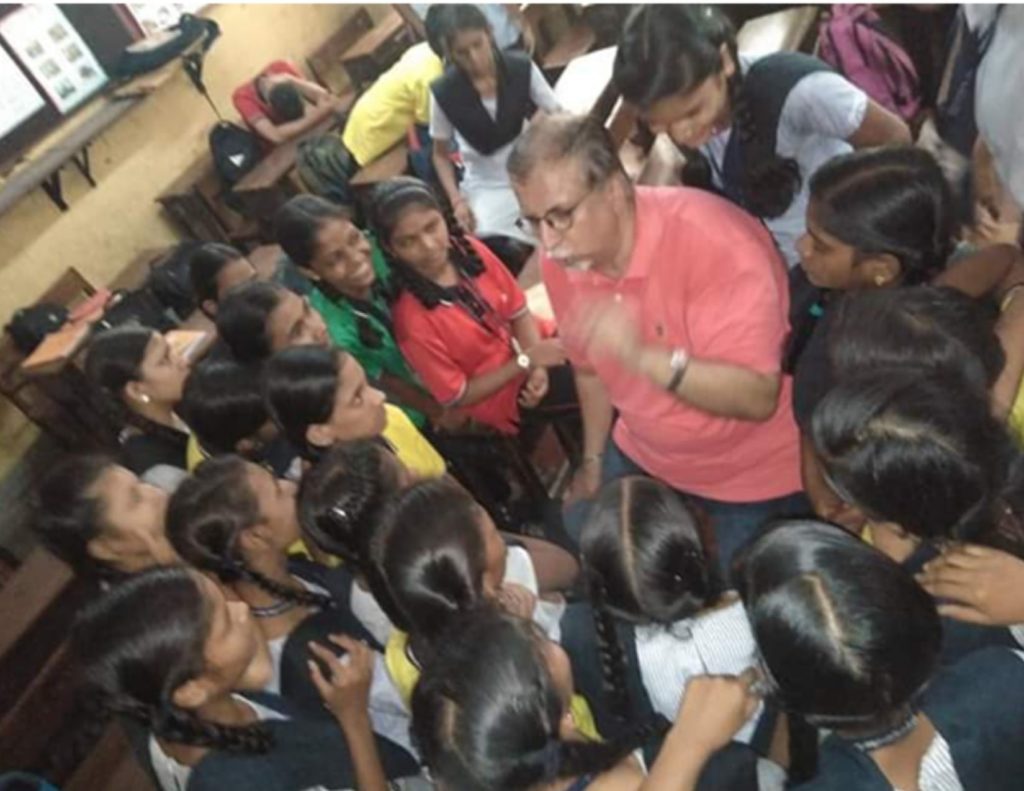
The best investment one can ever make is in their health.
Through CACR, we enable children to become stakeholders of their own lives and health. CACR decided to work jointly with the Education Department of The Municipal Corporation of Greater Mumbai (MCGM) for the following collaborations:
a. To implement Project WASH in Schools, as per Swachh Bharat Swachh Vidyalaya guidelines. As an implementing partner, we decided to focus on Social Behavior and Communication Change training for children and their parents.
b. To specifically implement Social Behavior and Communication Change training in the context of MHM for adolescent girls.
c. To create and strengthen Child Cabinets and School Management Committees’ capacities in order to improve sustainability.
d. To facilitate digital literacy.
2. What made you decide upon running an initiative on menstrual hygiene and education?
I happened to read a few articles in newspapers and magazines where stories of girls dropping out of the school and women being secluded and kept in isolation due to menstruation were some of the main occurrences which made me realize that a lot needs to be done in empowering and educating young girls on this issue. At the same time, we did see a lot of awareness programs being conducted, but the focus was mainly on distributing sanitary pads with very little scientific and medical knowledge imparted during those very short and brief awareness sessions.
According to a DASRA report, 23 million girls in India are forced to drop out of school every year, once they begin menstruating, and a very high percentage of them remain unaware of menstrual hygiene practices.
A 2015 survey by the Ministry of Education found that in 63% of schools in villages, teachers do not menstruation and how to deal with it hygienically. This buoyed me up and I started interacting with UNICEF team members. To my great surprise, I got to know that one of their consultants, Ms. Bharathy Tahiliani, was already engaged in a project in rural Maharashtra where she was working on preparing MHM guidelines for the Government of Maharashtra, probably the first state in the country to even come up with such recommendations. So, with the help and support of UNICEF, we conducted a training program for our volunteers and some senior team members and soon started implementing a very elaborate behavior change training program on MHM in MCGM schools.
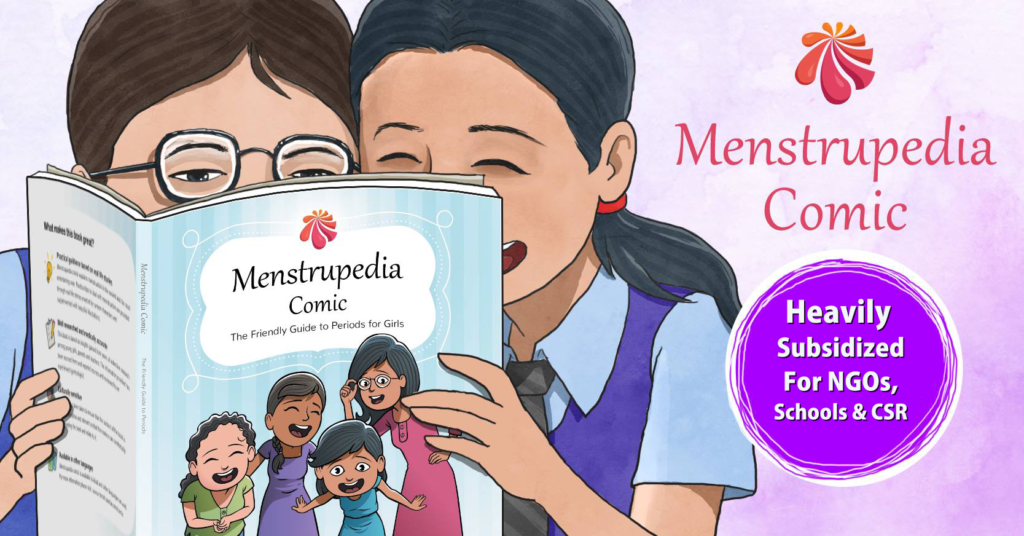
3. Can you tell us a little more about the scope, reach and impact of this project? What were the demographics like?
Dr. B.R Ambedkar once said, “I measure the progress of a community by the degree of progress which women have achieved.”
On average, a woman spends approximately 10 years of her life menstruating. Menstrual hygiene and health interventions can be a starting point for solving many gender discriminatory customs and in enhancing transformative processes such as sexual and reproductive health education and life skills development.
MHM training can enable girls to fight taboos and myths, to understand the physiology of the female reproductive health system, and to overcome related challenges.
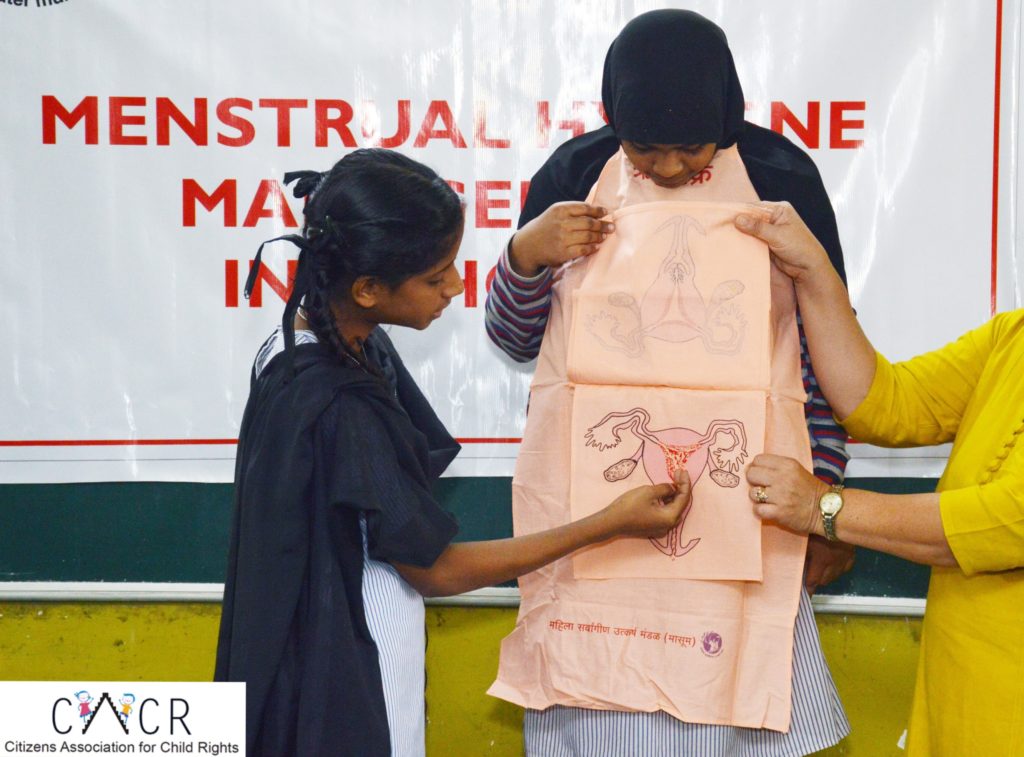
This project of investing in adolescent girls’ well-being yields a triple dividend impact; for the girls, the women they will become, and for their future generations to come.
While we have managed to reach out to more than 15,000 adolescent girls in municipal schools in Mumbai over the last 3 years through our elaborate BCC program, we still have a very long way to go, since there are more than 3 lakh children enrolled in MCGM schools alone, apart from the very large numbers of them under neighboring municipal corporations.
4. Were there any challenges you faced while pursuing this noble cause of empowering girls about periods?
I believe that the most expensive hardware, if not backed up with good software, will not provide high-quality output, and hence it is important for sponsors and partners to provide support for capacity building and behavior change communication training which will ensure long term qualitative impact and sustainability.
Getting funds for such a program is the biggest challenge I have had to face as a founder director. Most of the sponsors look for visibility, and rightly so. However, a BCC training program offers very little visibility to the sponsor except for a few banners, IEC material, or stickers, as compared to the distribution of lakhs of sanitary pad packets, installing sanitary pad machines and incinerators, and so on.
Another challenge we faced was convincing education department officials about the importance of this program in schools; even teachers and surprisingly many female teachers were reluctant to discuss this subject and in partaking in the training.
However, after sharing and explaining the very child-friendly activity-based training module with them, we were able to acquire permission to implement the project in selected MCGM schools.
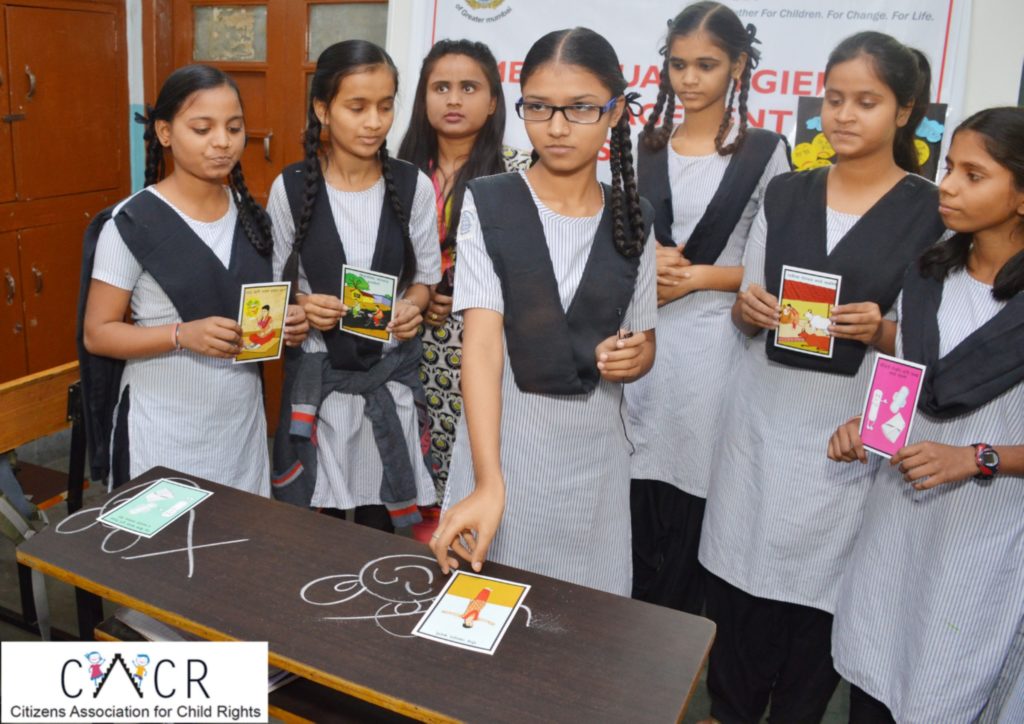
5. What are the changes you hope your work would bring about in the lives of girls and women?
The very reason for focusing on BCC training for adolescent girls in schools is to ensure that they are made much more aware and empowered than their mothers and grandmothers were. Moreover, these future women and mothers-to-be, will, in turn, be able to discuss and impart correct scientific knowledge on this subject to their daughters, thereby paving the way for an empowered generation with regards to menstrual hygiene.
The short-term change that our work brings about is in the approach that girls adopt towards menstrual hygiene, leading to decreased absenteeism from school during menstruation, the use of proper menstrual absorbents and its proper disposal, along with a mindset change towards generation-old menstrual myths and taboos.
6. Any insights on how you went about conceptualizing the project? Did you adopt certain techniques and adopt any particular advocacy approaches to the problem?
When we started interacting with UNICEF team members, we got to know that one of their consultants Ms. Bharathy Tahiliani was already engaged in this project in rural Maharashtra and was also working on preparing MHM guidelines for the Government of Maharashtra, which as I said was probably the first state in the country to come up with such guidelines. So, with help and support of UNICEF, we conducted a training program for our volunteers and some senior team members and started implementing a very elaborate behavior change training program on MHM programs in select municipal schools, engaging girls from the sixth grade onwards, a majority of whom had not yet got their periods but who were just at about the right age to learn about them. This project was spread out over 4 months with fortnightly sessions conducted in small batches of 25/30 girls since we realized that the participants took some time in opening up and interacting with our trainers on the subject.
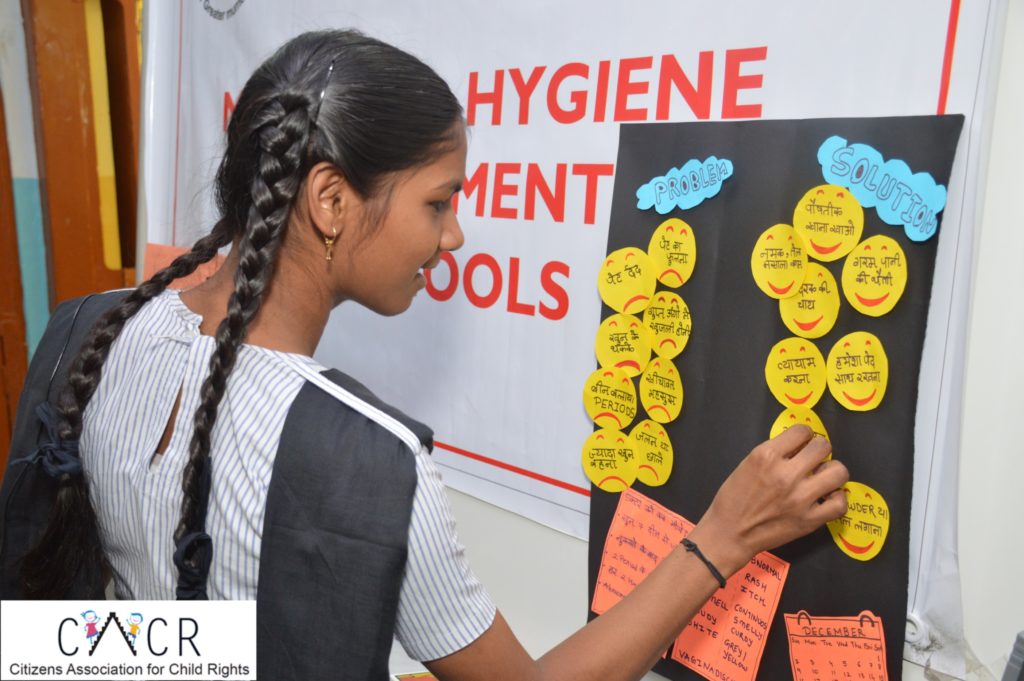
Later, we realized that we need to get mothers involved as well since, despite learning and understanding the topic, myths, and taboos, these young girls would still have to listen and follow instructions given by their mothers at home. So, we added an extra session for mothers with a gynecologist to educate them as well.
At the end, we were able to finalize upon a very well designed and girl-friendly activity-based training module to be conducted in schools, covering topics on what menstruation is, the importance of using good quality absorbents, the myths and taboos associated with this topic, proper nutritional practices, and the safe and proper disposal of sanitary waste, along with a substantial interaction component with a gynecologist.
During this process, we came across a wonderful comic book on the subject, Menstrupedia, which is not only child friendly but also available in various languages, thus making it easy for children from vernacular backgrounds to understand and interact with. This has now become a part of our menstrual hygiene kit along with IEC.
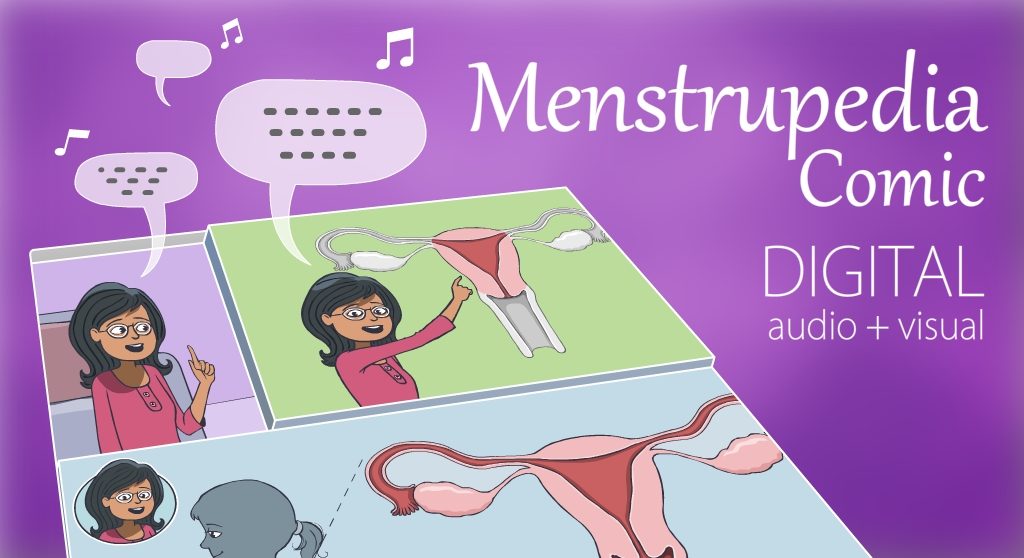
7. What according to you was the best moment/part of pursuing such a project? Is there anything in particular that you would like to share, perhaps something that makes you feel rewarded for the effort you put in?
After every cycle of the program, on comparing the baseline-end line assessment data, we observe many positives which makes us feel extremely rewarded:
- While before the intervention, almost 50% of the girls did not know the scientific importance of menstruation and its relationship with reproduction, post-intervention, the level of awareness amongst girls almost doubles. They can confidently answer questions when asked about the relationship between menstruation and reproduction.
- A notable change is observed as almost 80% of the girls, post the program, report that they understand the importance of changing pads at regular intervals, and they report changing absorbents 3 to 4 times a day.
- The trends in responses after the MHM training reveals that there is a great change in disposal practices. Many girls say that they wrap the absorbents in a paper and dispose them off in a dustbin.
- Nowadays, we get requests from the principals of many schools across Mumbai, who were once reluctant, and who have now started inviting us to interact and conduct training on menstrual hygiene in their institutions.
8. What is your message to our readers?
Not many people expect men to be a part of such initiatives on menstrual hygiene. However, it is extremely important to sensitize and educate adolescent boys on the subject of menstruation as well so that they become more supportive towards their mothers, sisters and female friends.
We should not hesitate to talk about menstruation, reproductive, and sexual health, either to girls or boys. We should ensure that girls and boys are educated about sexual and reproductive health at the adolescent stage. The knowledge imparted should not be gender-specific since it leads to awkwardness and ignorance.
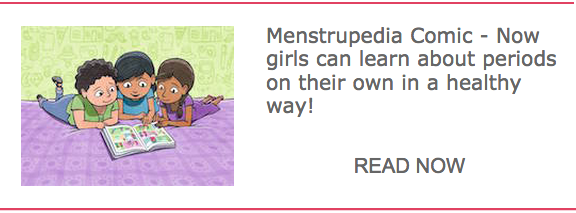
Interviewed by: Menstrupedia Staff
Edited by: Divya Rosaline


